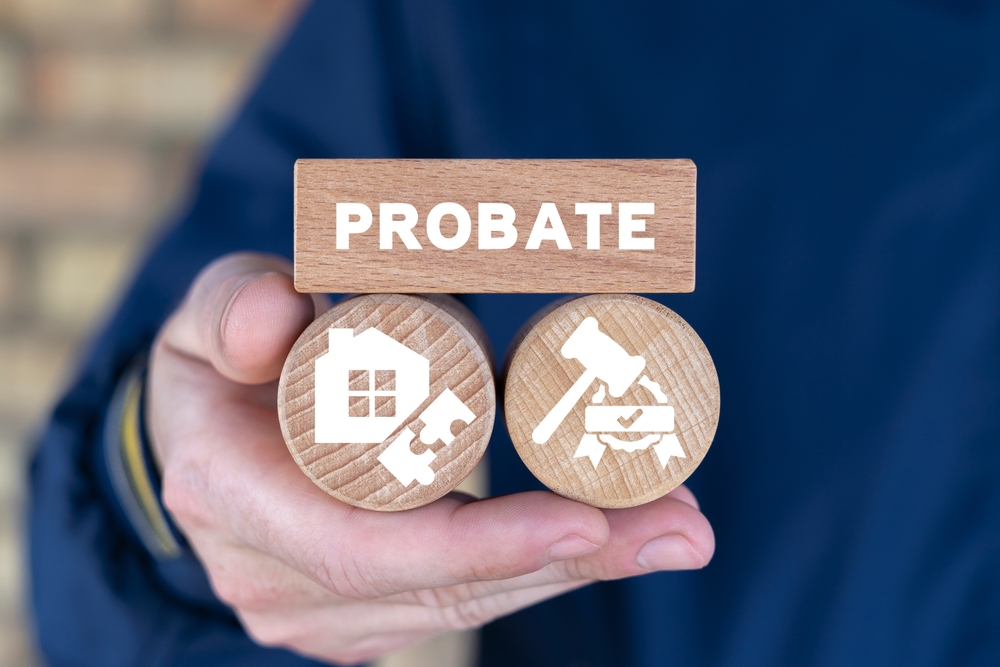Estate planning involves understanding how your assets will be managed and distributed after your passing. A critical aspect of this process is distinguishing between probate and non-probate assets, as this distinction determines how quickly and efficiently your heirs receive their inheritance. Below, we break down the differences, examples, and implications of each type.
What Are Probate Assets?
Probate assets are those that must go through the probate process—a court-supervised procedure to validate a will, settle debts, and distribute property. This process ensures legal transfer but can be time-consuming and public.
Examples of Probate Assets:
- Solely Owned Property: Real estate, vehicles, or bank accounts titled solely in the deceased’s name.
- Personal Belongings: Jewelry, art, or furniture without a designated beneficiary.
- Intestate Assets: Property owned by someone who dies without a will (intestate), requiring court-guided distribution.
- Business Interests: Sole proprietorships or partnerships without succession plans.
What Are Non-Probate Assets?
Non-probate assets bypass probate entirely, transferring directly to beneficiaries via contracts, trusts, or joint ownership. These avoid court delays and maintain privacy.
Examples of Non-Probate Assets:
- Joint Tenancy with Rights of Survivorship: Property co-owned automatically passes to the surviving owner.
- Beneficiary-Designated Accounts: Life insurance policies, retirement accounts (IRAs, 401(k)s), and payable-on-death (POD) bank accounts.
- Revocable Living Trusts: Assets held in a trust transfer per the trust terms, avoiding probate.
- Transfer-on-Death Deeds: Real estate or securities with designated beneficiaries.
Key Differences Between Probate and Non-Probate Assets
- Time & Cost: Probate can take months (or years) and incur legal fees; non-probate assets transfer swiftly.
- Privacy: Probate is public record; non-probate transfers remain private.
- Control: Probate assets follow the will (or state laws if no will); non-probate assets override the will based on beneficiary designations.
- Creditor Claims: Probate assets must settle debts first; non-probate assets typically bypass this unless insolvency occurs.
Why This Distinction Matters
- Avoid Delays: Non-probate assets ensure heirs receive funds faster.
- Reduce Costs: Minimizing probate lowers legal fees and court costs.
- Maintain Privacy: Shield asset details from public scrutiny.
- Ensure Wishes Are Honored: Proper beneficiary designations prevent unintended distributions.
Estate Planning Tips to Streamline Asset Distribution
- Update Beneficiaries Regularly: Ensure retirement accounts, life insurance, and POD accounts reflect current wishes.
- Use Trusts: Place high-value assets in a revocable trust for seamless transfers.
- Joint Ownership: Co-own property or accounts with rights of survivorship.
- Create a Will: Direct probate assets and name guardians for minors.
Final Thoughts
Understanding the difference between probate vs. non-probate assets is vital for effective estate planning. By strategically designating beneficiaries and utilizing trusts or joint ownership, you can protect your legacy, reduce stress for loved ones, and ensure a smoother transition of assets. Consult an estate attorney to tailor strategies to your unique circumstances.


